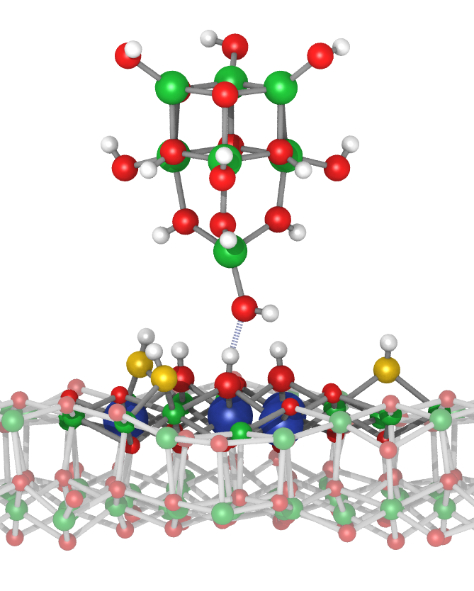Error loading player: No playable sources found
3536322
Direct assessment of the acidity of individual surface hydroxyls on oxides using non-contact AFM
Date
April 7, 2021
Related Products
Mechanistic insights into surface chemistry from atomistic surface science studies
The most detailed insights into surface chemical processes come from experiments conducted under controlled conditions…
Improving the scaling and performance of hybrid functional and plane wave based ab initio molecular dynamics | Poster Board #358
_Ab initio_ molecular dynamics (AIMD) simulations employing density functional theory (DFT) and plane waves are routinely carried out using density functionals at the level of generalized gradient approximation (GGA)…
Local hydrophobicity on an oxide surface: In2O3(111)
Indium oxide, a transparent conductive oxide (TCO), is widely used in semiconductor industry but it also displays promising performance in electro- and photo catalytic reactions…
Resolving the adsorption of molecular O2 on the rutile TiO2(110) surface by nc-AFM
Rutile TiO2(110) surface is extensively studied and it is considered a model transition-metal oxide surface. The adsorption of molecular O2 has been long investigated with various techniques, but still even the basic adsorption configurations remain unclear…



